More than half a century has passed, but Ms. Vu Minh Nghia (alias Chinh Nghia, born in 1947) - the only female special forces soldier who directly participated in the historic battle at the Independence Palace during the Tet Offensive in 1968; participated in the Ho Chi Minh Campaign in 1975 - still cannot forget her longing for the word peace .
Memories of Tet Mau Than
Smart and agile, in 1960 - at the age of 13, she was assigned to deliver food and water to secret cadres in the commune. By the age of 16, she was a liaison, transporting weapons, documents, and transporting cadres between bases in Saigon. Each time she went, she faced death, but the young girl Chinh Nghia never faltered.
During the Tet Offensive in 1968, she was assigned to directly participate in the battle at the Independence Palace - the headquarters of the Saigon government.

Ms. Vu Minh Nghia at the Saigon Special Forces Museum.
On the night of the first day of Tet Mau Than, she - the only female special forces soldier, along with 14 other special forces soldiers - crossed the defense fence and approached the Independence Palace. Carrying only a K54 gun and a grenade, she fought and served as a medic.
According to the plan, after about 30 minutes of shooting, reinforcements would arrive. But then no one came, the soldiers had to hold out alone, protecting each other for many hours. By dawn on the second day of Tet, the situation became dangerous when the enemy counterattacked fiercely. She and her teammates were forced to retreat to a high-rise building opposite the Palace, continuing to fight despite a lack of ammunition, having to use bricks, stones, and primitive weapons to fight back.
Eight soldiers died, she and the remaining six were injured and imprisoned.
Mrs. Nghia, then 21 years old, had to bury her youth behind bars, between four walls and beatings. Continuously tortured in prisons, from the police headquarters to Thu Duc, Tan Hiep, Bien Hoa, she still did not say a word, absolutely loyal to the country.

Ms. Nghia (center) was released at Loc Ninh airport, Binh Phuoc . (Photo: NVCC)
After the Paris Agreement was signed in 1974, Ms. Nghia was returned to Loc Ninh Airport (Binh Phuoc Province) with a serious leg injury, having difficulty walking and needing assistance. After treatment, she continued to contribute to the Fatherland, as a soldier in the Regional Intelligence Department.
Great victory in spring 1975
In early 1975, before the Ho Chi Minh Campaign, her unit was ordered to march from Binh My base (Cu Chi) to Saigon to "intercept" the situation. During this campaign, she continued to be the only female soldier in the team ordered to participate in the attack on the Independence Palace.
“We marched silently, both to grasp the situation at the base and to stay ready for the important day,” she said.
On April 27-28, 1975, good news came from the front line, the main forces were approaching the gates of Saigon. On the night of April 29, her unit marched urgently, coordinating with forces in the inner city, preparing for the historic battle.
On the morning of April 30, 1975, in a powerful infantry and tank formation, she and her comrades entered the center of Saigon. While on the march, they received news that the Saigon government had announced its surrender and the South was completely liberated.
“When I heard the news that General Duong Van Minh announced his surrender, I stood still in the midst of a sea of cheering people. The feeling was indescribable. I was alive, and the country was alive again. The red flag with the yellow star and the flag of the Front (National Liberation Front of South Vietnam) were flying everywhere. People poured out onto both sides of the street, cheering and waving to welcome the soldiers. Some people shed tears, some shouted: The soldiers are back! Liberation!'” Mrs. Nghia recalled.

Saigon people poured into the streets to welcome the liberation army at noon on April 30, 1975. (Photo: Lam Hong/VNA)
She still vividly remembers the moments when the liberation army was warmly welcomed by the people wherever they went, the tanks lined up to the Independence Palace, amid cheers, the people provided food, water, medicine, and showed the soldiers sincere affection like blood relatives.
When her unit entered downtown Saigon, many young girls in the city looked at her with curiosity mixed with a bit of confusion.
"Some girls kept asking me to take off my floppy hat so they could see my face. When they saw me, they were surprised and asked why the soldiers were so strong, agile and pretty, not skinny and pale like they had heard in previous propaganda," Mrs. Nghia laughed, recalling.
After the historic moment, her unit was ordered to station in Tan Dinh. Together with local officials, she participated in mobilizing people to stabilize their lives and supported the takeover teams to continue maintaining social order.
“People divided into groups to cook rice for the soldiers, clean and repair the houses, and prepare each meal. The atmosphere at that time was both bustling and filled with affection between the army and the people,” said Ms. Nghia.

Mrs. Nghia regrets about her comrades who sacrificed their lives and did not see the day when the country triumphed.
Now, approaching the age of 80, Ms. Chinh Nghia's memories are not only of pride in witnessing the sacred moment of the nation, but also of missing her comrades who did not live to see the day the country was completely liberated.
“I understand clearly the price to pay for independence, freedom, and peace. Without peace, there is no life, no future for the nation, for each person, including myself. All my life, I am grateful to my fallen comrades, so that I can live, so that the country can last forever,” said Ms. Nghia.
Realizing that, her concern is that today's youth must know how to preserve, cherish, and develop the precious peace that so many predecessors have died to regain.
Vtcnews.vn
Source: https://vtcnews.vn/hoi-uc-ngay-30-4-cua-nu-biet-dong-duy-nhat-danh-vao-dinh-doc-lap-tet-mau-than-ar938035.html


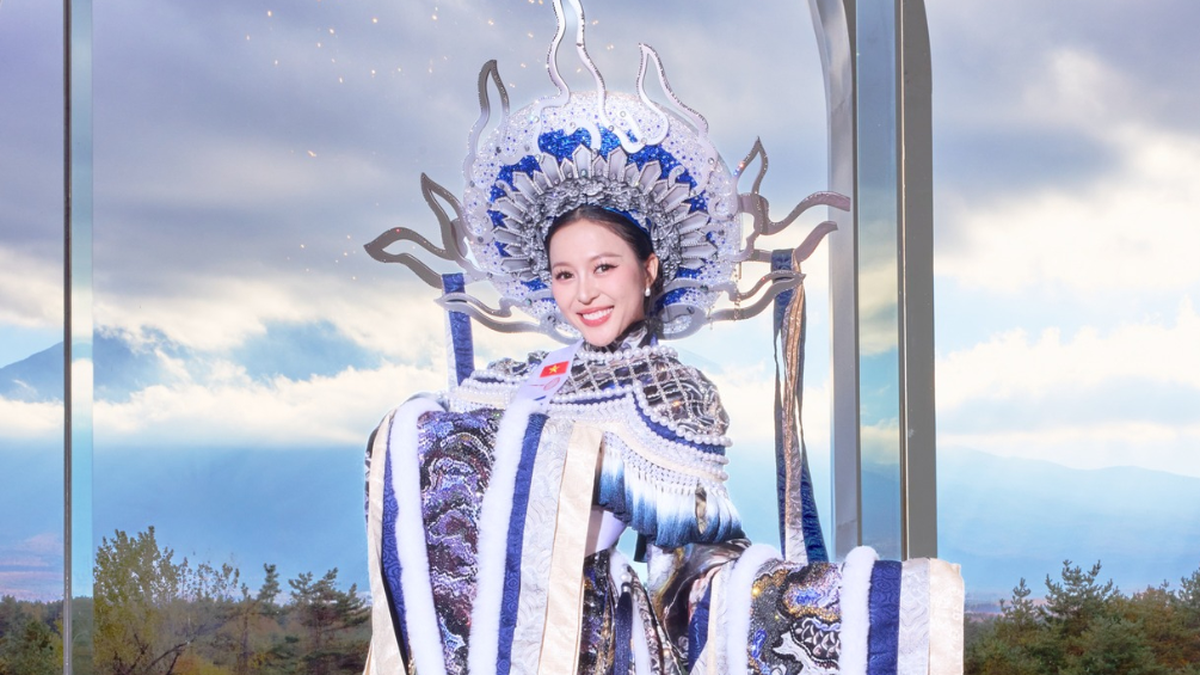


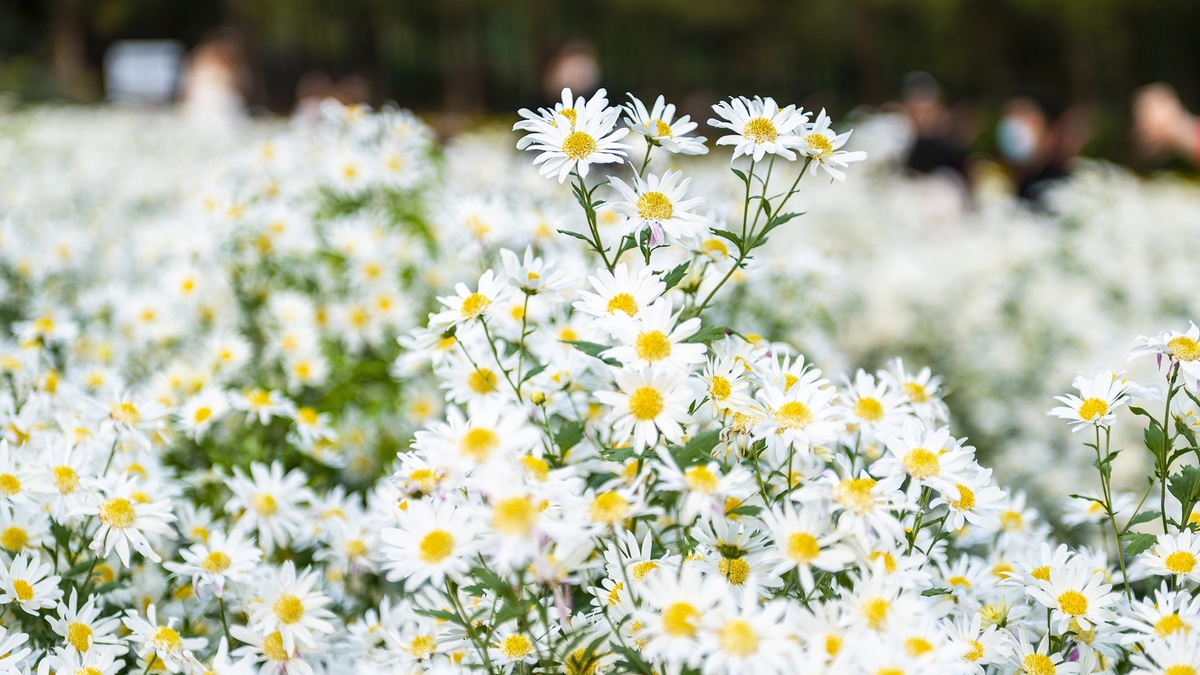




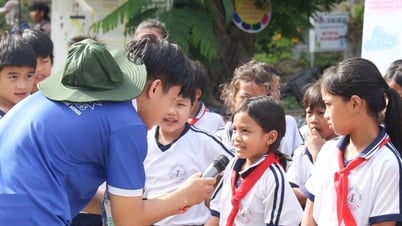

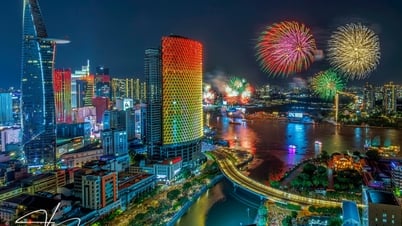

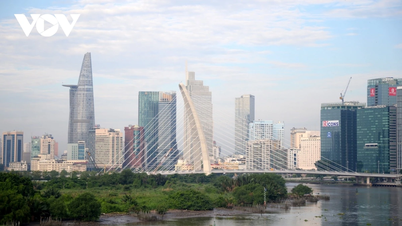

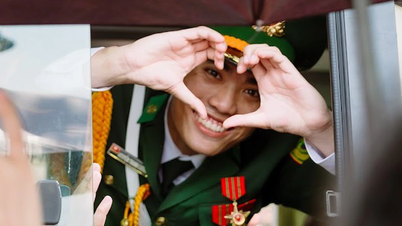
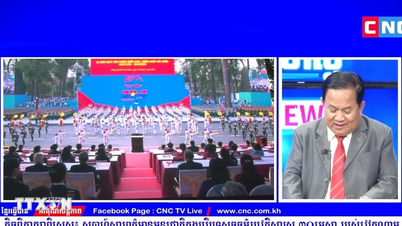



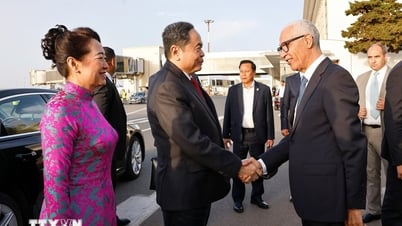
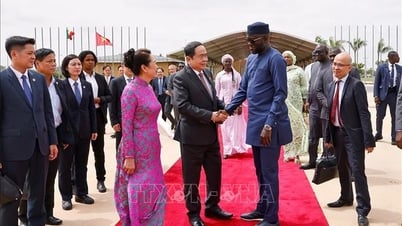



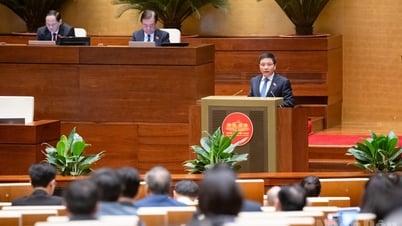
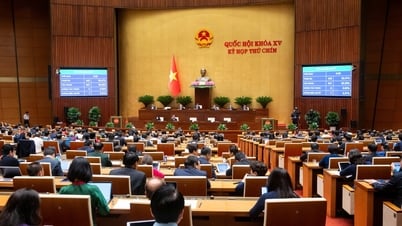









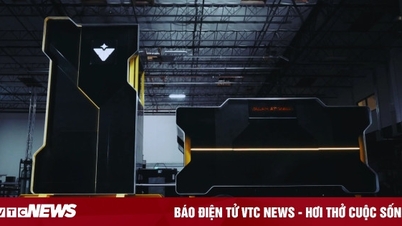
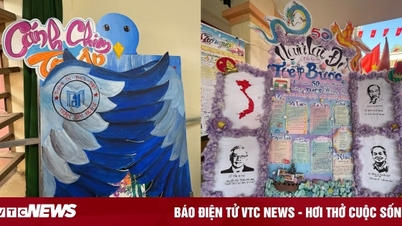



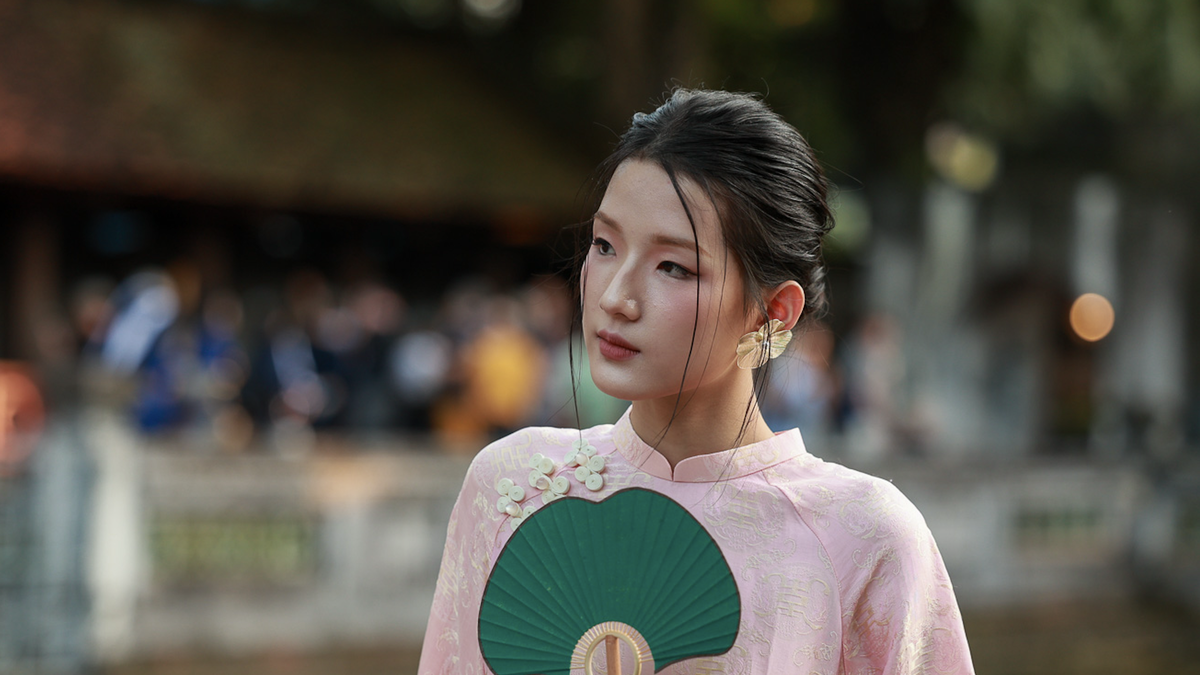
![[Photo] General Secretary To Lam and National Assembly Chairman Tran Thanh Man attend the 80th Anniversary of the Traditional Day of the Vietnamese Inspection Sector](https://vphoto.vietnam.vn/thumb/1200x675/vietnam/resource/IMAGE/2025/11/17/1763356362984_a2-bnd-7940-3561-jpg.webp)




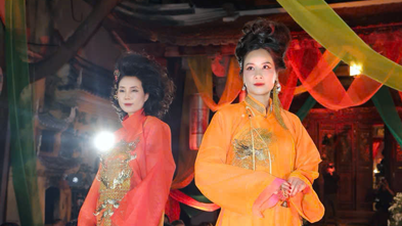
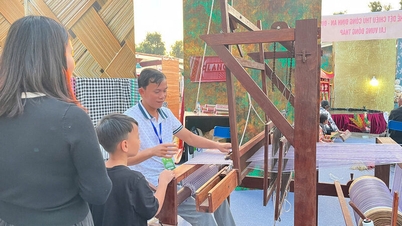
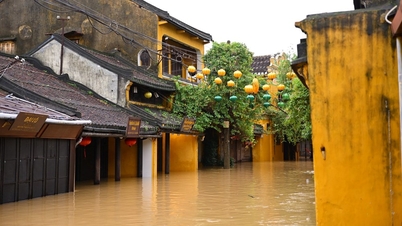
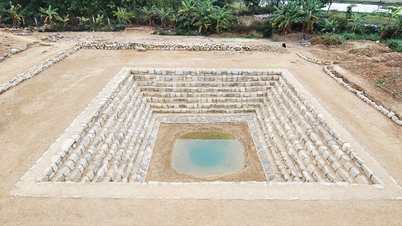


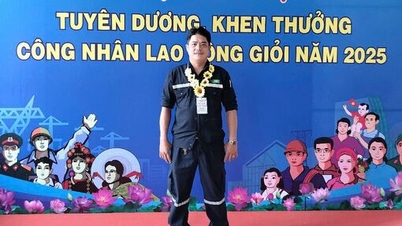




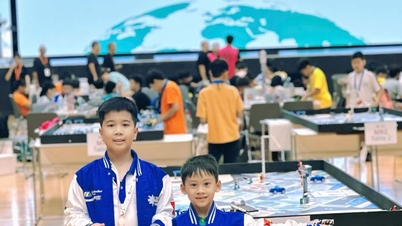











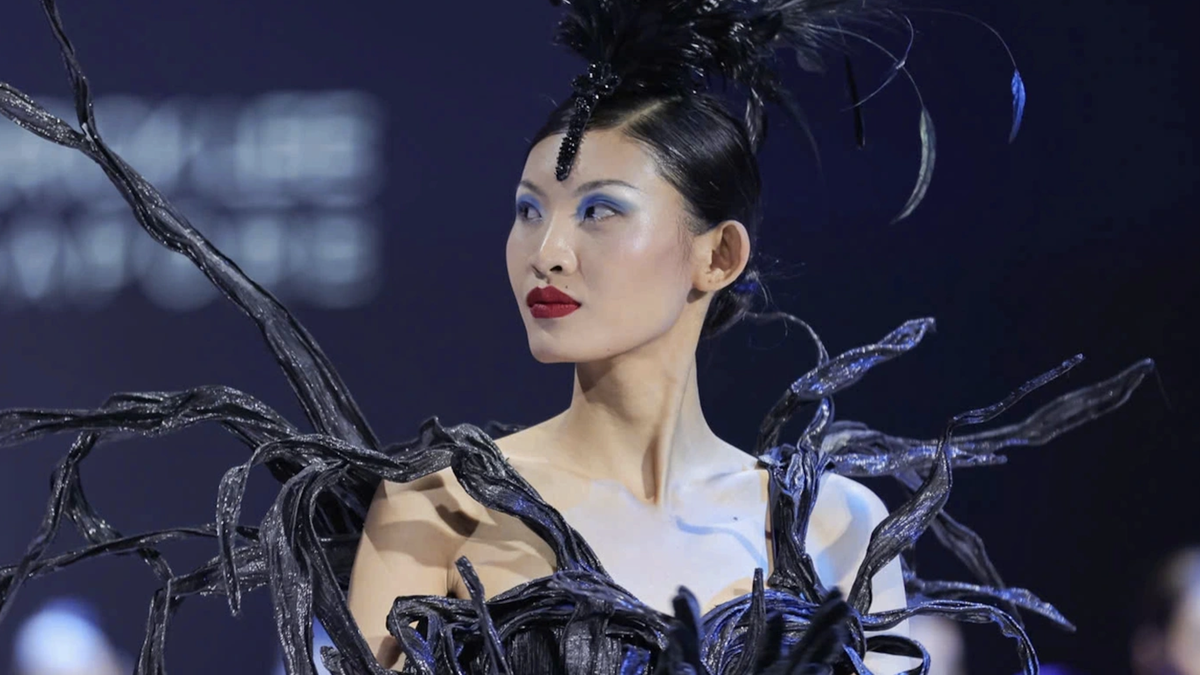


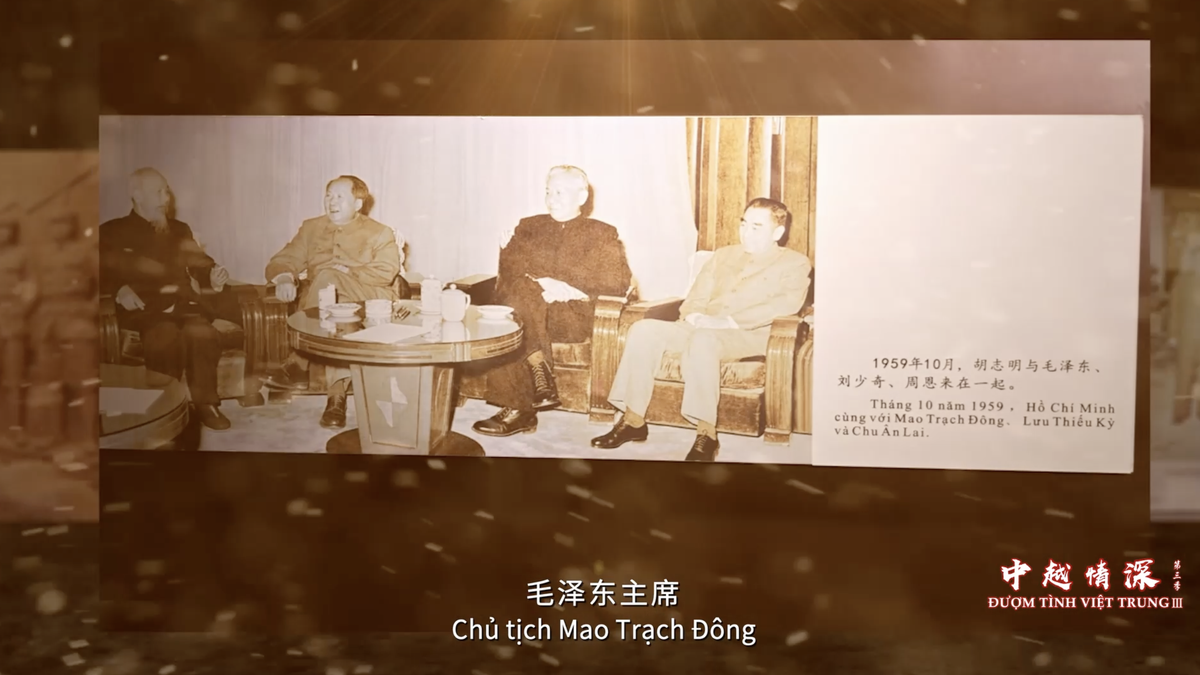


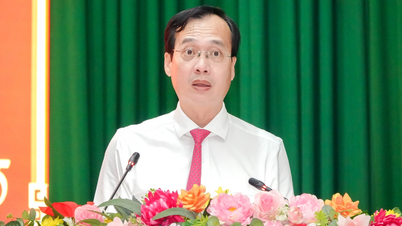







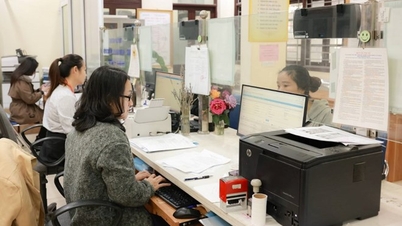








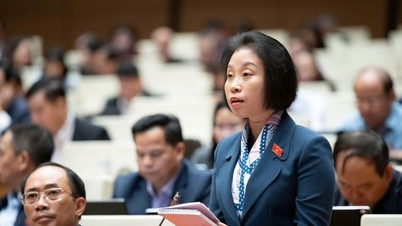




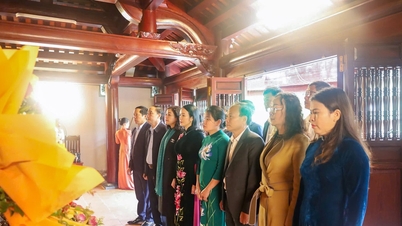




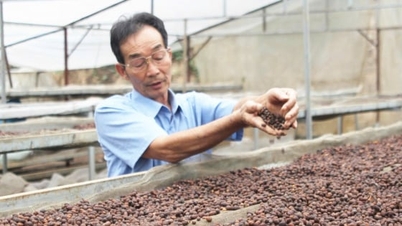
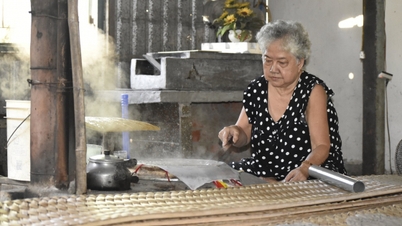





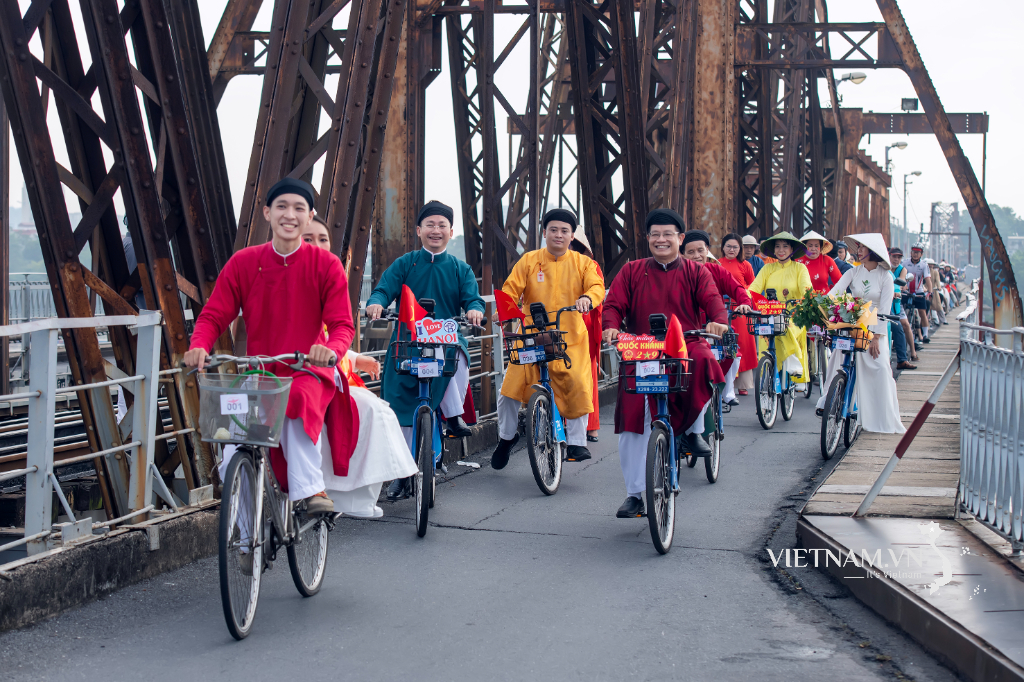

Comment (0)